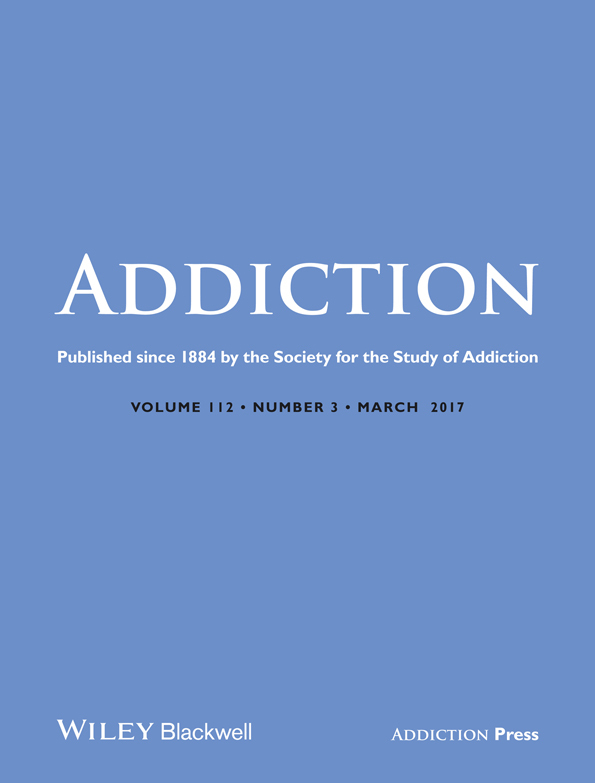Child maltreatment and cannabis use in young adulthood: a birth cohort study
Abstract
Aims
To investigate whether: (1) child maltreatment is associated with life-time cannabis use, early-onset cannabis use, daily cannabis use and DSM-IV cannabis abuse in young adulthood; and (2) behaviour problems, tobacco use and alcohol use at age 14 are associated with cannabis use.
Design
Birth cohort using linked government agency child protection data to define exposure to child maltreatment.
Setting
The Mater-University of Queensland Study of Pregnancy in Brisbane, Australia.
Participants
Of the original cohort of 7223 mother and child pairs, obtained from consecutive presentations for prenatal care at a hospital serving a cross-section of the community, 3778 (52.3%) of the young people participated at age 21 years.
Measurements
Exposure to child maltreatment was established by substantiated government agency reports. Cannabis outcomes were by self-report questionnaire and Composite International Diagnostic Interview (CIDI)-Auto at age 21. Associations were adjusted for a range of potential confounders. Additional adjustment was carried out for variables measured at age 14—youth behaviour problems [Achenbach Child Behavior Checklist (CBCL)], tobacco use and alcohol use.
Findings
After adjustment, substantiated child maltreatment was associated with any life-time cannabis use [odds ratio (OR) = 1.60, 95% confidence interval (CI) = 1.08–2.39], cannabis use prior to age 17 (OR = 2.47, 95 % CI = 1.67–3.65), daily cannabis use (OR = 2.68, 95% CI = 1.49–4.81) and DSM-IV cannabis abuse/dependence (OR = 1.72, 95% CI = 1.07–2.77). Externalizing behaviour and tobacco and alcohol use at age 14 were associated significantly with almost all cannabis outcomes (P < 0.05), with internalizing behaviour associated inversely (P < 0.05).
Conclusions
Children in Australia who are documented as having been maltreated are more likely to go on to use cannabis before the age of 17, use cannabis as an adult, use cannabis daily and meet DSM-IV criteria for cannabis dependence. Externalizing behaviour in adolescence appears partly to mediate the association with adult cannabis use.




